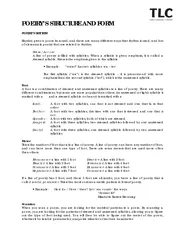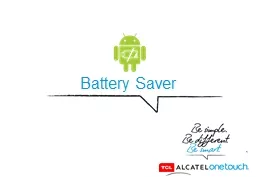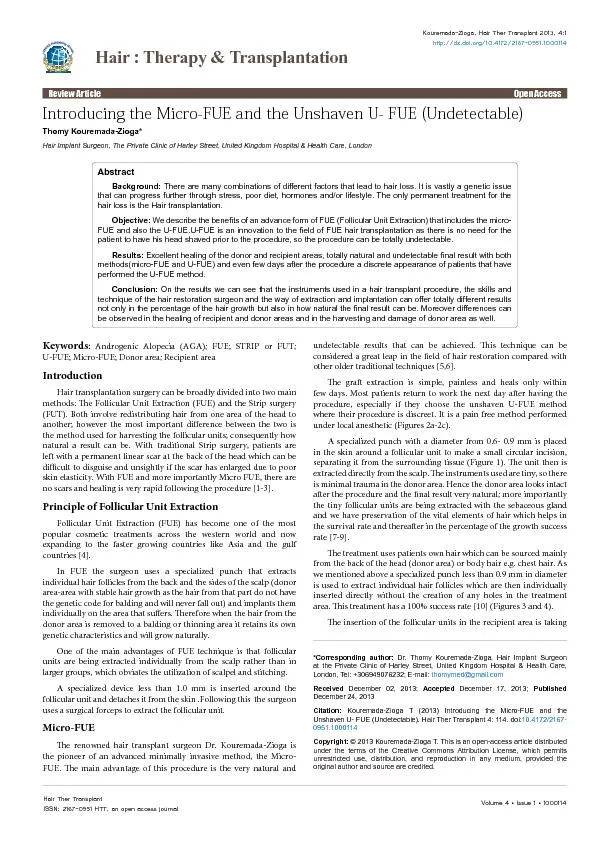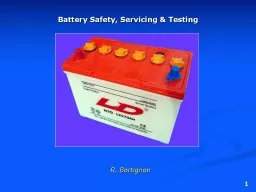PDF-Why Are There So Many Different Battery Form Factors?
Author : batterytechnology | Published Date : 2020-12-01
Pay a visit to the junk drawer in your kitchen Dig around for batteries and see what you find If you are like most of us your junk drawer has batteries in multiple
Presentation Embed Code
Download Presentation
Download Presentation The PPT/PDF document "Why Are There So Many Different Battery ..." is the property of its rightful owner. Permission is granted to download and print the materials on this website for personal, non-commercial use only, and to display it on your personal computer provided you do not modify the materials and that you retain all copyright notices contained in the materials. By downloading content from our website, you accept the terms of this agreement.
Why Are There So Many Different Battery Form Factors?: Transcript
Download Rules Of Document
"Why Are There So Many Different Battery Form Factors?"The content belongs to its owner. You may download and print it for personal use, without modification, and keep all copyright notices. By downloading, you agree to these terms.
Related Documents














